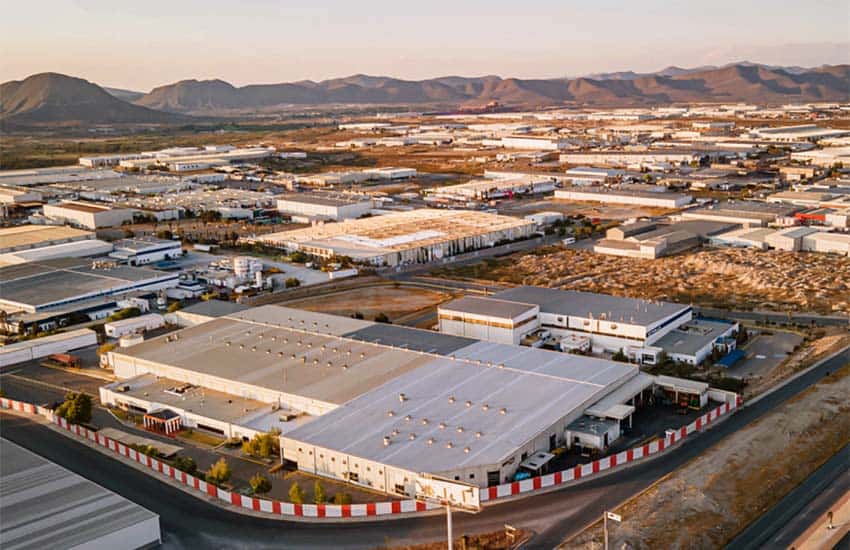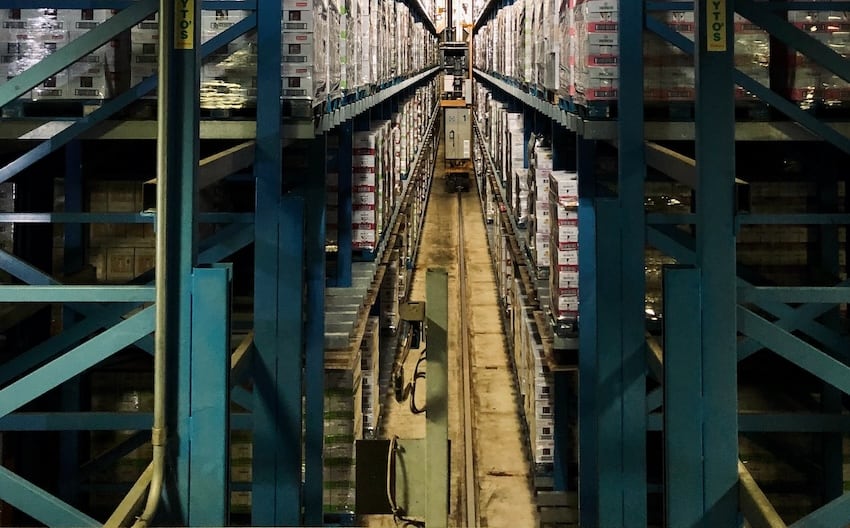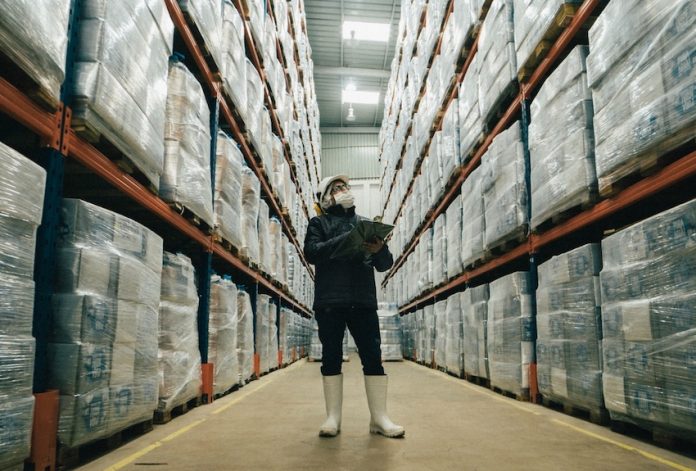More than 350 industrial projects comprising 5.6 million square meters of industrial space were built in Mexico in 2023, driven by high demand from nearshoring.
According to Mexican market analysis firm Solili, the three cities with the greatest rate of construction were Monterrey, Nuevo León, with 1.7 million square meters; Mexico City, with 767,000 square meters; and Saltillo, Coahuila, with 583,000 square meters.

Monterrey alone saw more than 100 new industrial construction projects in 2023. The city is particularly popular with companies looking to move operations closer to the United States due to the city’s available infrastructure, skilled labor force, and proximity to the U.S. border.
A report by real estate services firm CRBE in October showed that Mexican companies accounted for 38% of demand for industrial space in Monterrey, followed by Chinese firms with 23% and U.S. companies with 19%.
Other northern cities that saw rapid construction of industrial space in 2023 included Ciudad Juárez, Chihuahua, with 458,000 square meters of construction initiated; Querétaro, with 519,000 square meters, and Guanajuato, with 344,000 square meters.
“This confirms that the northern region, especially the border with the U.S., has been the most attractive for the phenomenon of expansion and relocation of companies to Mexico for the advantages of better production and labor costs,” Solili said.

Industrial developers are struggling to keep up with this growing demand. In September, Mexico City-based real estate fund Meor reported that less than 2% of built industrial space is vacant nationwide, a figure that is now close to 0% in the north.
This scarcity is driving annual rent increases of up to 25% in some northern cities. With demand for an estimated 13 million square meters of industrial space over the next five years, according to Meor, the pressure is expected to keep growing.
Developers have said that construction is being slowed by factors beyond their control, including concerns about inadequate water and electricity distribution infrastructure in some regions. Meanwhile, other regions are being left behind in the nearshoring boom due to a lack of infrastructure altogether.
“Investment flows are highly focused on some states and manufacturing subsectors,” a recent report by Banco Base found. “There are entities where nearshoring is still a myth, as they have not received new investments. This points to both the importance of labor specialization, and the efforts of governments to bring new businesses to their states.”
The bank estimated that nearshoring currently only accounts for 10% to 20% of foreign investment flows in Mexico, concluding that nearshoring is “a golden opportunity that is not being taken advantage of to the fullest.”
With reports from El Economista
